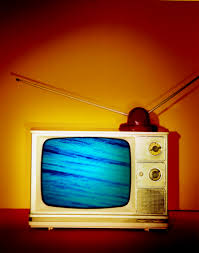 In an AP wire story today, local television stations must inform viewers if their new digital signals don't reach areas covered by their soon-to-be-defunct analog broadcasts. Some of those stations, including ABC-45 (WXLV) and My-48 (WMYV) have already made the transition last month.
In an AP wire story today, local television stations must inform viewers if their new digital signals don't reach areas covered by their soon-to-be-defunct analog broadcasts. Some of those stations, including ABC-45 (WXLV) and My-48 (WMYV) have already made the transition last month.AP:
The new rules were prompted by lessons learned after Feb. 17, when about a quarter of U.S. TV stations turned off their analog signals. The remaining stations are scheduled to cut their transmissions on June 12.
Digital reception is generally superior to analog, but for several reasons, people who get a station's analog signal may not be able to get the digital version. Most digital signals are in the UHF band, and travel differently than the VHF signals used by most major stations for analog broadcasts. In particular, the UHF transmissions can be blocked by hills that VHF signals bend around. VHF antennas might be poorly suited to tuning UHF stations.
Many stations are also intentionally shifting their broadcast areas by moving their towers, aiming the signals differently, or cutting their power.
Stations must inform their viewers if 2 percent of them stand to lose reception in the shift to digital signals, the FCC said.
*************************
E.C. :)





No comments:
Post a Comment